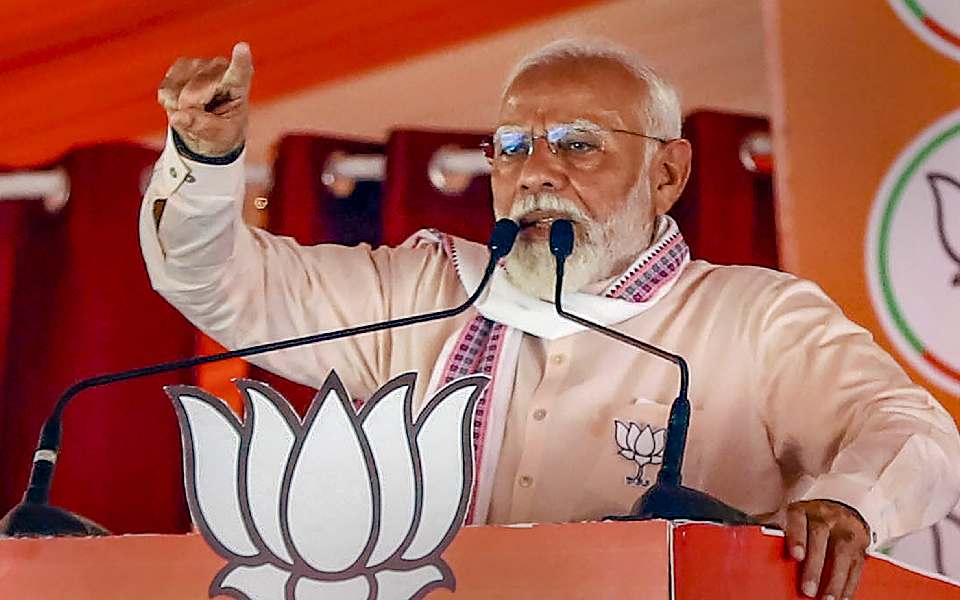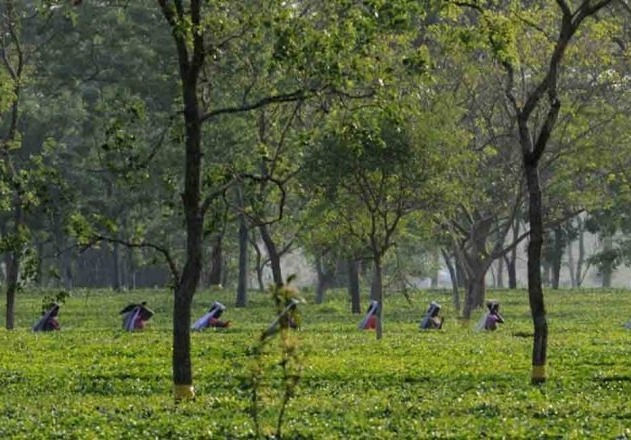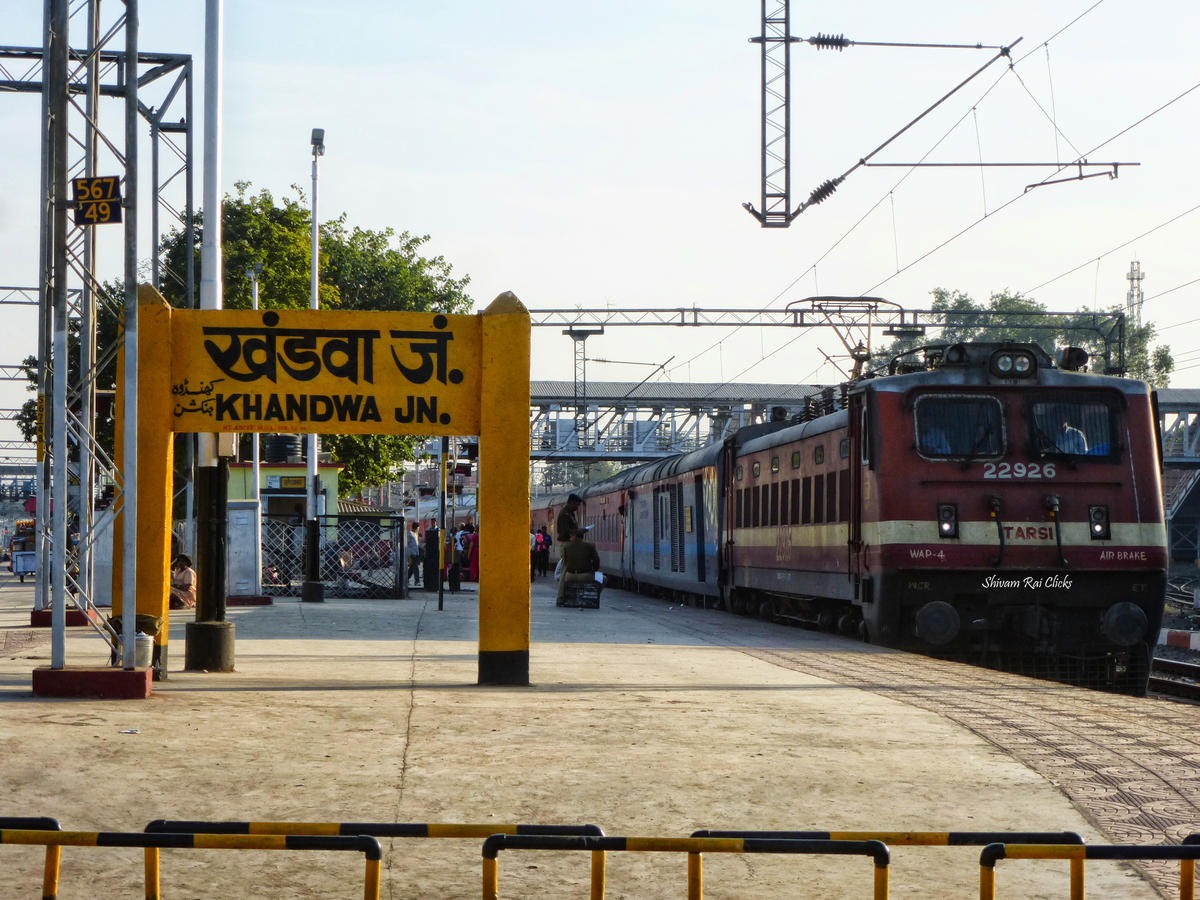Darbhanga (Bihar), May 4: Raking up the 2002 Godhra train arson, Prime Minister Narendra Modi on Saturday charged RJD president Lalu Prasad with having tried to “save” those responsible for burning alive more than 60 kar sevaks “during the rule of Sonia madam”.
Modi, who addressed an election rally at Darbhanga in north Bihar, recalled the incident that took place while he was the chief minister of Gujarat, alleging that the opposition parties always practice politics of "appeasement".
“It is because of this appeasement politics that the father of Bihar's 'shehzada' (allusion to Tejashwi Yadav) had tried to save those who were responsible for the Godhra train burning incident”, said Modi, adding “after all, it was the rule of Sonia madam”, referring to the UPA chairperson who was also the president of the ruling Congress.
“He (Lalu Prasad), who has himself been convicted (in fodder scam cases), was then the Railway minister. He set up an inquiry committee and got a report made which exonerated those guilty of the horrendous crime. But the court threw the report away”, said Modi.
Modi accused the opposition parties of “trying to rob” SCs, STs and tribals of reservations because of the “disillusionment” these deprived sections felt towards the INDIA bloc.
“The INDIA bloc is trying to divert reservations to Muslims. They are going against the views of Babasaheb Ambedkar and first Prime Minister Jawaharlal Nehru, neither of whom was in favour of reservations on religious lines”, Modi claimed.
He also slammed Tejashwi Yadav for bringing up the "Hindu Muslim narrative" at rallies while talking about Agnipath scheme” and said “when we talk about the martyrdom of Captain Hameed, do we think of him as a Muslim?”
Without naming Congress leader Rahul Gandhi and Tejashwi Yadav by name, he said, "There is a shehzada in Delhi and one in Patna, both of whom think of the country as their fiefdom (jaagir)."
“Their mindset was exposed when they raised questions about the surgical strikes and spoke ill of the armed forces”, said Modi.
Let the Truth be known. If you read VB and like VB, please be a VB Supporter and Help us deliver the Truth to one and all.
New Delhi (PTI): More than 50 lakh large farmland trees vanished between 2018 and 2022 in India, partly due to altered cultivation practices, revealing a "concerning trajectory," new research published in the journal Nature Sustainability has found.
Researchers said that "an observable trend was emerging" wherein agroforestry systems are being replaced with paddy rice fields, even as a certain loss rate could be found to be natural.
Large and mature trees within these agroforestry fields are removed, and trees are now being cultivated within separate block plantations typically with lower ecological value, they said.
Block plantations, usually involving fewer species of trees, were found to have increased in numbers which some villagers from Telangana, Haryana, Maharashtra and other states confirmed via interviews.
The team, including researchers from the University of Copenhagen, Denmark, explained that the decision to remove trees is often driven by perceived low benefits of the trees, coupled with concerns that their shading effect, including that of Neem trees, may adversely affect crop yields.
Boosting crop yields also contributed to the expansion of paddy rice fields, further facilitated by water supply which was augmented by the establishment of new boreholes, the authors said.
"This finding is particularly unsettling given the current emphasis on agroforestry as an essential natural climate solution, playing a crucial role in both climate change adaptation and mitigation strategies, as well as for livelihoods and biodiversity," the authors wrote.
Agroforestry trees are a vital part of India's landscapes as they generate socio-ecological benefits, along with being a natural climate solution owing to their ability to absorb carbon dioxide from the air.
However, despite their importance, the lack of robust monitoring mechanisms has contributed to an insufficient grasp of their distribution in relation to management practices, as well as their vulnerability to climate change and diseases, the researchers said.
For the study, the team used AI-based deep learning models for detecting individual non-forest trees for each year. By tracking the tree crown over the years, they then analysed the changes. Crowns of multiple trees together form a canopy.
The researchers mapped about 60 crore farmland trees, excluding block plantations, and tracked them over the past decade.
They found that around 11 percent of the large trees, each having a crown size of 96 square metres and mapped in 2010/2011, had disappeared by 2018.
"Moreover, during the period 2018–2022, more than 5 million large farmland trees (about 67 square metres crown size) have vanished, due partly to altered cultivation practices, where trees within fields are perceived as detrimental to crop yields," the authors wrote.
The researchers clarified that while the findings may appear to contradict official reports and studies showing that tree cover has increased in recent years, they reported only gross losses and did not look at tree gains as a separate class.





